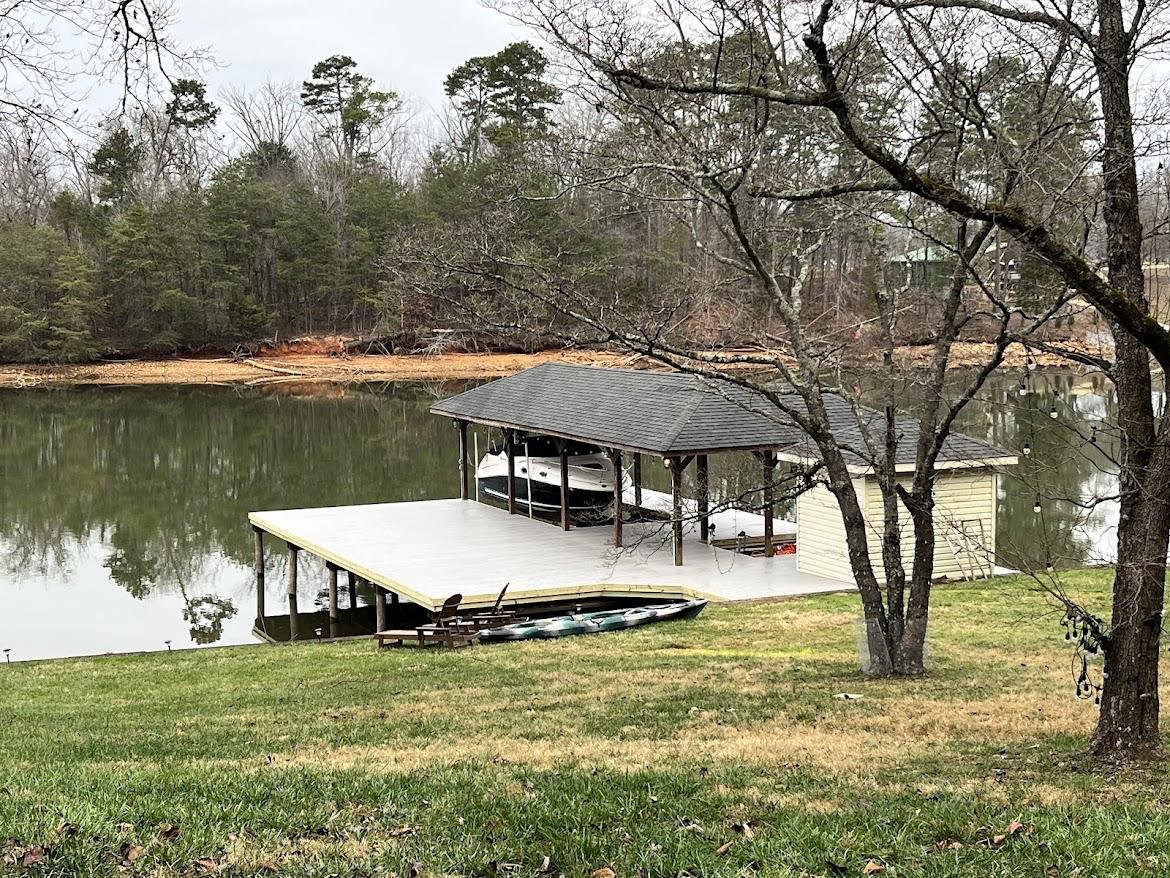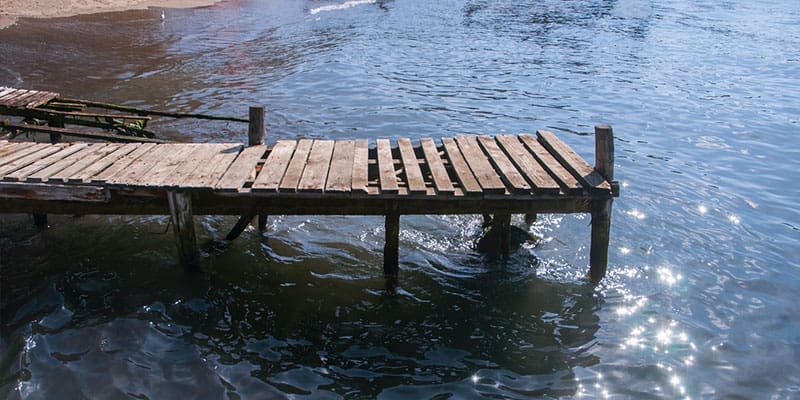Top Indicators You Required Expert Dock Repairs This Period
Top Indicators You Required Expert Dock Repairs This Period
Blog Article
Exactly How to Address Common Dock Fixing Issues for Safe Water Activities

Identifying Common Dock Issues
Identifying typical dock problems is important for maintaining the functionality and security of your waterside residential property. Routine evaluations can aid reveal issues before they become severe, ensuring both the longevity of the dock and the safety and security of those who use it. One widespread problem is rusty or loose fasteners. In time, screws, screws, and other bolts can become loosened due to constant exposure to water and climate aspects, resulting in structural instability.
An additional typical problem is the degradation of flotation devices. These gadgets are necessary for maintaining the dock buoyant, and any kind of damage or punctures can trigger the dock to listing or sink. Routinely looking for leaks or water logged drifts can preempt much more substantial problems.
Additionally, algae and barnacle accumulation on the dock's surface area can produce hazardous and unsafe conditions. This biofouling not only postures a risk to individuals but can additionally speed up the damage of the dock materials.
Last but not least, evaluating for indications of corrosion on steel components is essential. Corrosion can endanger the stability of the dock's structure, making it unsafe. By regularly recognizing these typical dock concerns, you can ensure that your dock remains protected and functional for many years to come.
Fixing Rotting Wood
When attending to the problem of decaying wood on your dock, it is important to act quickly to avoid more damage. Begin by extensively checking the whole structure to identify all influenced areas. Use a screwdriver to probe the wood; if it sinks in easily, the wood is likely deteriorated and needs prompt focus.
Be sure to reduce back to healthy, strong wood, guaranteeing you eliminate all endangered material. After removal, deal with the remaining wood with a wood preservative to avoid future rot.
Next, change the gotten rid of areas with marine-grade lumber or pressure-treated timber, which are more immune to water damages. Secure the new items with stainless-steel or galvanized fasteners to avoid rust. Furthermore, using a water-proof sealant to the new timber can supply an extra layer of protection.
Securing Loose Boards
Exactly how do you guarantee your dock remains functional and risk-free for all its individuals? One critical facet is securing loosened boards, which can or else posture significant hazards. Loose boards not only raise the threat of tripping however can also jeopardize the architectural stability of the whole dock.

For reinstallation, make use of stainless or galvanized steel screws, as these products use exceptional resistance to deterioration in aquatic atmospheres. Ensure the screws are long sufficient to permeate deep right into the underlying support framework, yet not so lengthy that they stick out with the dock's surface area. Pre-drilling pilot openings can aid prevent the timber from splitting.
Last but not least, preserve a routine examination routine to identify and deal with any new issues quickly. By protecting loose boards successfully, you contribute to the total security and long life of your dock, making it a reliable system for water activities.
Stabilizing Unsteady Pilings
Ensuring the security of unstable pilings is paramount to preserving a secure and functional dock. Unstable pilings can jeopardize the whole structure, posturing considerable threats to individuals and possibly resulting in pricey repair services. The primary step in stabilizing these essential webpage elements is a thorough evaluation. Take a look at the pilings for indications of rot, damage, or moving. Make use of a level to look for vertical positioning and ensure they are driven deep enough into the substratum to supply adequate assistance.
If the pilings are located to be unpredictable, one effective technique for reinforcement is making use of added supporting. Cross-bracing with treated lumber or galvanized steel can dramatically boost stability. Anchor the braces safely to both the pilings and the dock frame to disperse tons uniformly.

Normal upkeep and routine reassessment of the pilings' security are critical to making sure long-term dock security and performance.
Replacing Rusty Equipment
Dealing with unsteady pilings is just one element of keeping a dock's stability; an additional essential issue is changing corroded equipment. In time, exposure to dampness and salt can bring about the oxidation and deterioration of braces, bolts, and screws, compromising the entire structure's security. Routine inspection for rust is important, especially after extreme weather or seasonal adjustments.
When rusty hardware is recognized, immediate activity is required. Begin by selecting marine-grade stainless steel or galvanized hardware, both created to stand up to the extreme aquatic atmosphere. Guarantee that you have the proper tools, such as wrenches and screwdrivers, to securely remove the old, rusty pieces without triggering additional damage to the dock.
After getting rid of the rusty hardware, thoroughly clean the impacted locations to eliminate any type of recurring corrosion or particles. Apply a rust-inhibiting guide to revealed steel surface areas before installing the brand-new hardware. Tighten up all components safely to protect against future helping to loosen, and occasionally examine the installations to make certain recurring security.
Changing corroded hardware not only expands the dock's life-span but likewise substantially enhances the safety and security of water activities. By proactively managing rust, you shield both the framework and its customers, making certain a safe and additional hints secure and pleasurable beachfront experience.
Conclusion
Normal assessments and upkeep are necessary to address usual dock repair problems and ensure secure water tasks. By recognizing and correcting problems such as decomposing timber, loosened boards, unstable pilings, and rusty equipment, structural stability and longevity can be substantially boosted. The application of appropriate treatments and marine-grade products better strengthens the dock versus ecological stressors. Such aggressive actions add to the overall safety and performance read review of dock structures, promoting a safe atmosphere for water-based tasks.
Making sure the safety and security of water tasks hinges dramatically on the appropriate upkeep and fixing of anchors (Dock Repairs). These devices are important for keeping the dock buoyant, and any type of damages or punctures can cause the dock to list or sink. By consistently determining these common dock concerns, you can ensure that your dock stays functional and secure for years to come
Making sure the stability of unstable pilings is critical to preserving a useful and risk-free dock.Routine inspections and maintenance are essential to attend to common dock repair concerns and make certain safe water activities.
Report this page